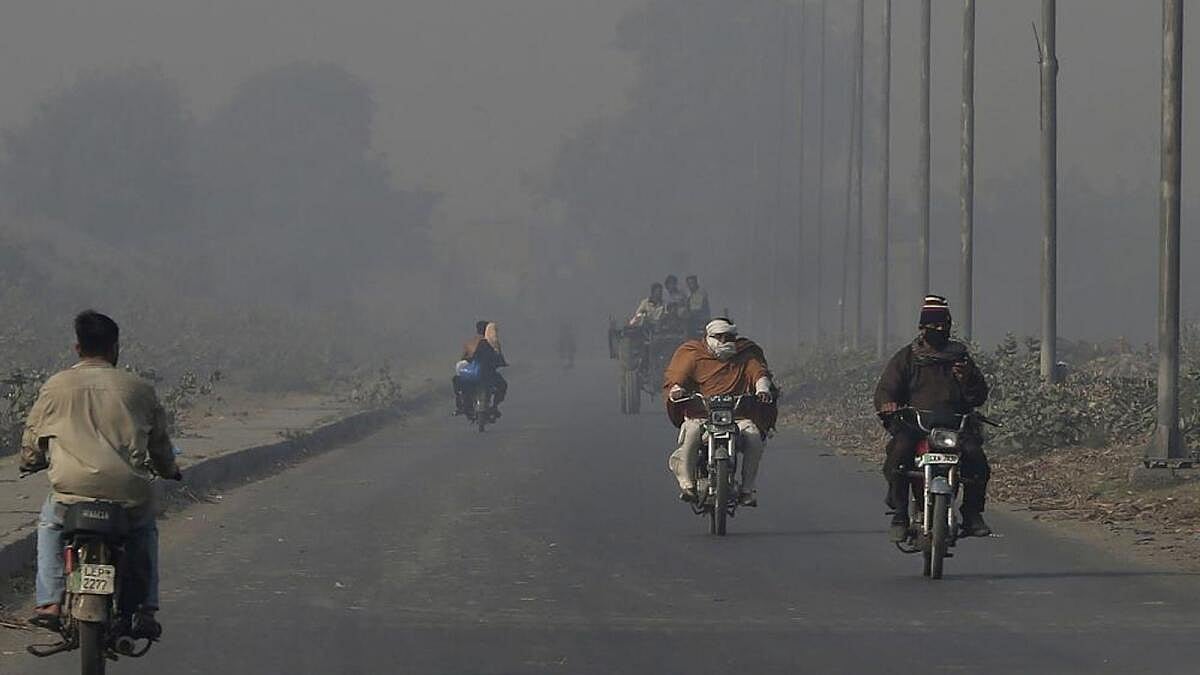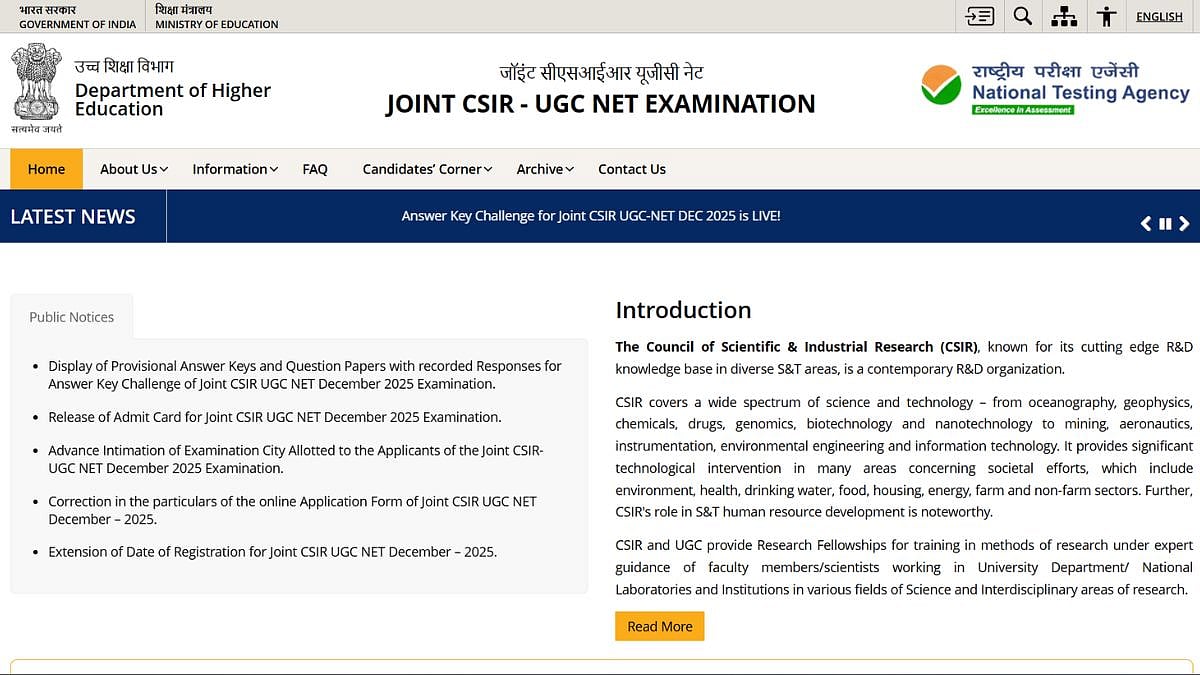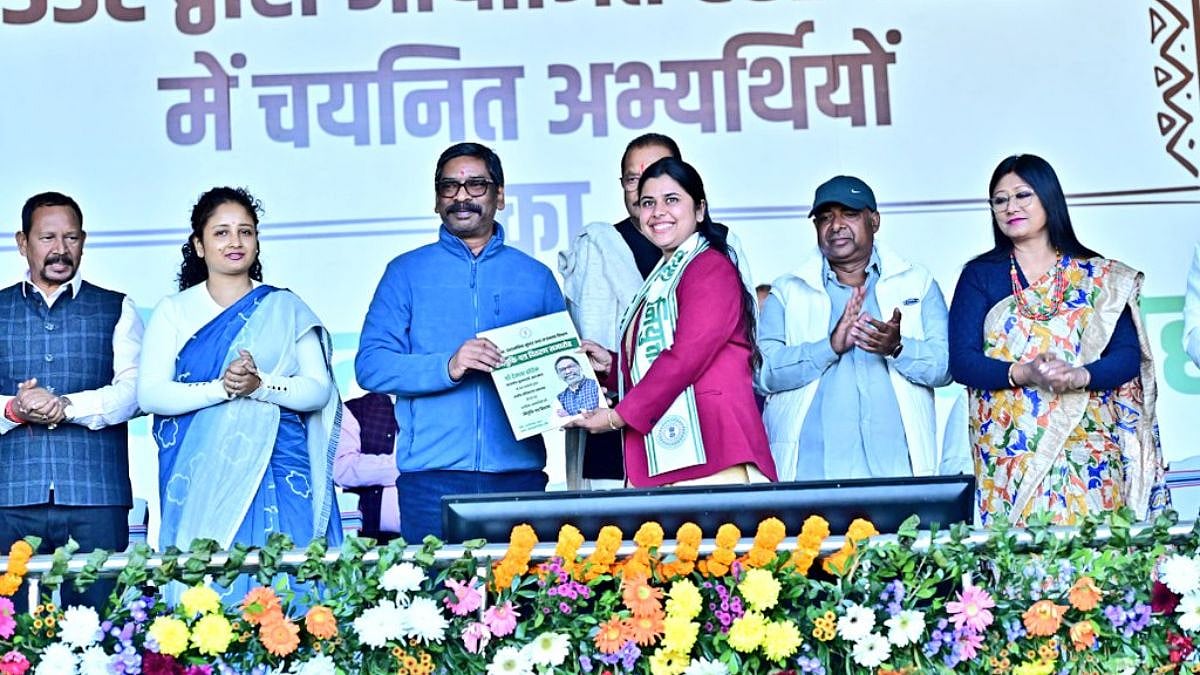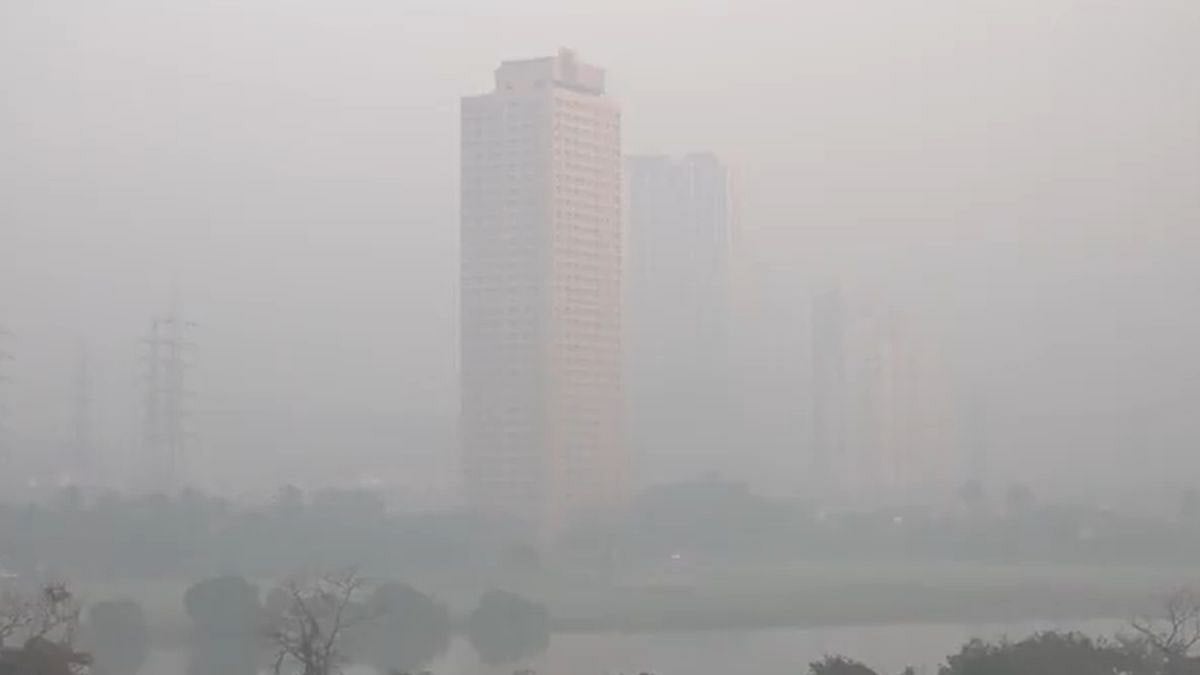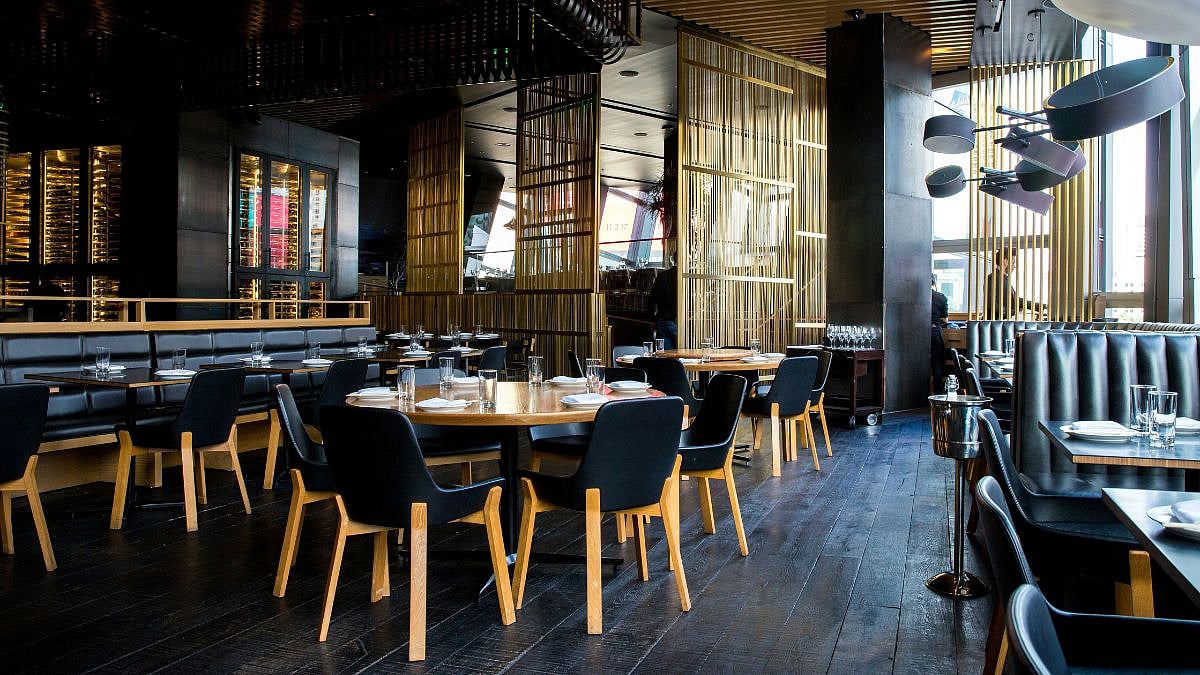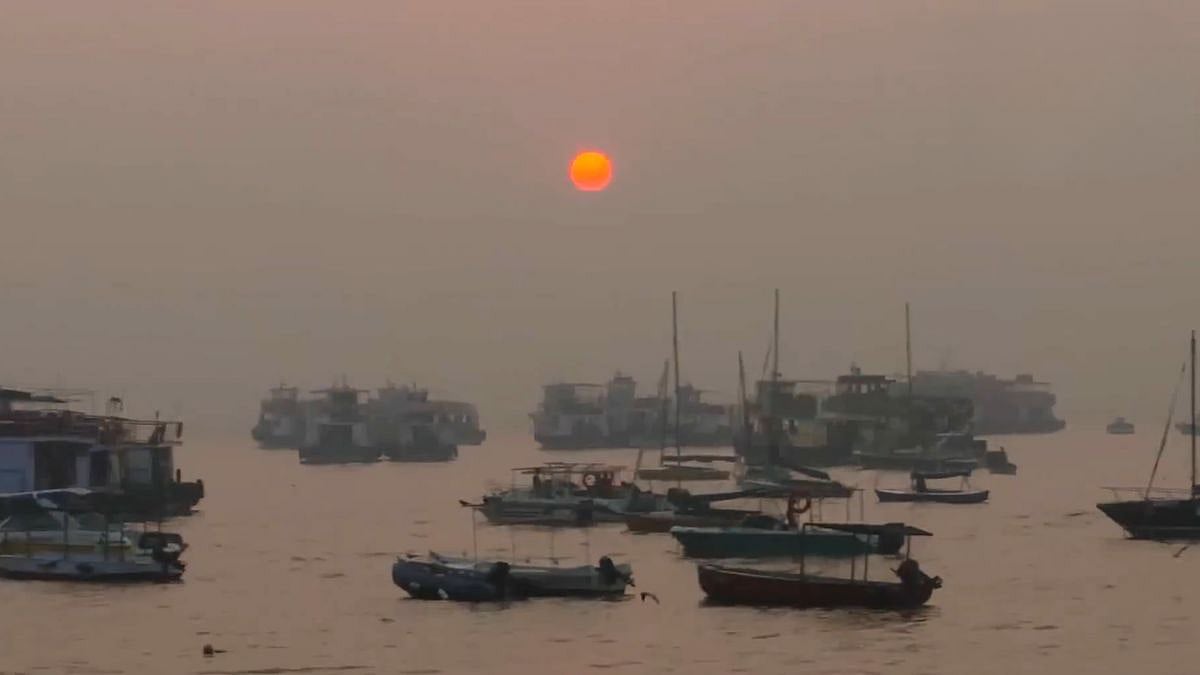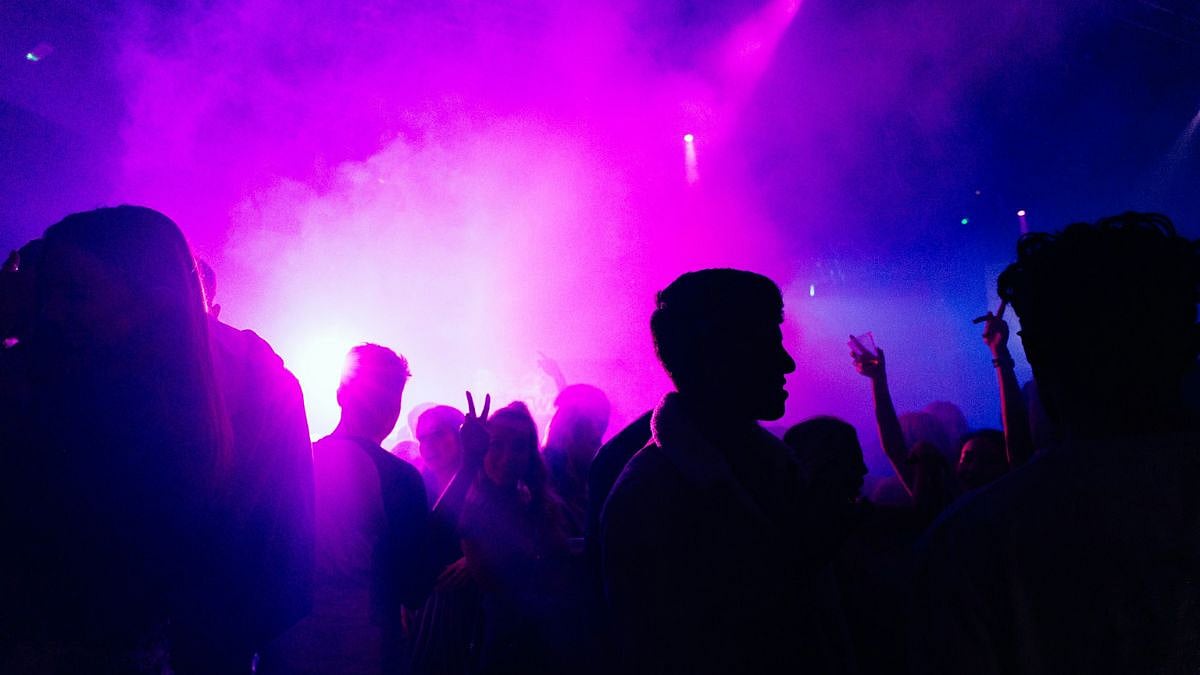It is a known fact that Vehicular emissions have doubled since 2016, and have become the biggest contributor to not only Mumbai's but the poor air quality of other cities in the state. Taking a cue from this, the first-ever digitisation of Maharashtra’s 'city action plans' have revealed that vehicular emissions are the biggest focus for the state’s air pollution management.
Maharashtra’s 'City Action Plans' submitted as part of the National Clean Air Programme (NCAP), have been digitised to make these documents that will be easily accessible to a wider range of stakeholders.
Decoding these documents into individual measures or ‘control options’ for each emission source across 18 non-attainment cities in Maharashtra has revealed that vehicular emissions are the state’s top priority for air pollution management, While industrial emissions and resuspended dust gathered ranked second and third respectively
All the city action plans categorized control options into 'high', 'medium' or 'low' impact without a definition, measure or uniformity. For instance, black topping of roads is expected to have a ‘high impact’ in Pune but a ‘low impact’ in Solapur. Similarly, implementation timelines of the 'short', 'mid' and 'long' terms are not defined either. Use of LPG in hotels and “dhabas” is listed as a ‘long term’ control option in Vasai-Virar but a ‘short term’ action for Thane and Navi Mumbai, whereas ‘mid term’ for Amravati.
Explaining this Prof. Abhishek Chakraborty from IIT Bombay, the only Institute of Repute (IoR) from Maharashtra, “We need to prioritise which pollution source that needs to be targeted and with how much action and how the fund has to be channelised into that. Even during the lockdown, some cities were not able to meet air quality standards. We need digitised emission inventories which are updated annually. e IoRs can work with state pollution control boards to plan these studies.”
On the ground, officials point out the need for systems for better coordination.
Mangesh Dighe, environment officer, Pune Municipal Corporation said, “At present, there is no institutional mechanism existing in the city dealing with the air pollution because we have so many stakeholders involved. therefore, while we prepare an action plan for any city, it becomes very difficult for municipal corporations to consider all the departments involved. ere are many action plans at the state and the central level, and we should integrate all of them in the city action plan but it is very challenging. therefore, participation of urban agglomerations is important to create a ‘project implementation unit’ which can collect data from all departments and put it on the Prana portal.”
Clearly, many developments approaches have changed since the plans were structured in 2018. For instance, the vehicular action measures show that 17 cities have listed measures focussing on electric mobility, but the Maharashtra State Electric Vehicle Policy 2021 emphasises the five urban agglomerations - Greater Mumbai, Pune, Nagpur, Nashik, and Aurangabad - which were recommended by the XV Finance Commission.
By 2025 the state plans to set up city-wise public and semi-public charging stations this includes 1500 in Mumbai followed by Pune (500), Nagpur (150), Nashik (100), Aurangabad (75), Amravati (30) and Solapur (20).
While the discussion at the Maharashtra Action Plan dashboard launch webinar organised by climate communications initiative, Climate Trends on Thursday, underlined the significant gaps and challenges staring at pollution control authorities and implementing agencies, MPCB spelt out the progress that also has been made towards understanding and tackling the state’s air pollution crisis. “70 Continuous Ambient Air Quality Monitoring Stations (CAAQMS) all over Maharashtra will be live 24/7 very soon. Apart from this another 100 manual stations will also be online. Local sensor monitoring work is also under process, but we are still analysing how far we want to use the sensor technology. Health and trac stimulation studies are also under process. We will also launch a Carbon footprint mobile App and will be the only state to have 43 carbon-neutral cities. Vehicular pollution contributes 30%-40% to air pollution. Whatever funds we are getting from the government, we are trying to channel into the EV policy. In the coming days, Maharashtra will be the number one state in India in Electric Vehicles by 2025. is will result in a tremendous reduction in emissions and help achieve our target,” said Dr V M Motghare, Joint Director - Air, Maharashtra Pollution Control Board (MPCB)
